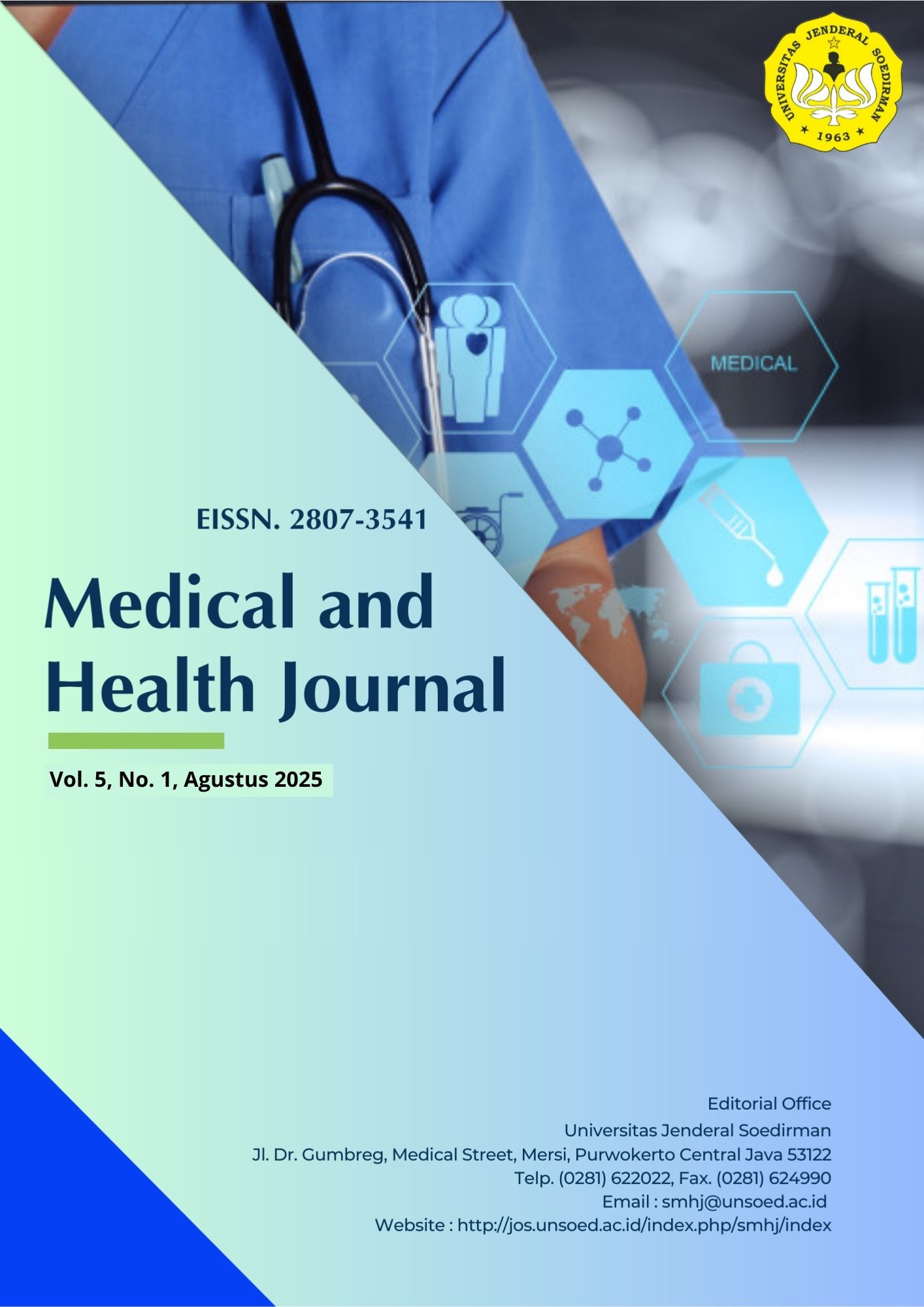Mitral and Tricuspid Valve Regurgitation as a Subclinical Manifestation of Rheumatic Heart Disease: A Pediatric Case Report
Abstract
Background: Rheumatic heart disease (RHD) accounts for approximately 15.6 million cases globally, with 282,000 new cases and 471,000 episodes of acute rheumatic fever (ARF) annually, predominantly affecting children aged 5–15 years in the Pacific region. In 2015, the incidence in Indonesia reached 1.18 million cases, mostly among children and young adults. RHD results from valvular damage due to an autoimmune inflammatory response to Group A Streptococcus (GAS) infection. It primarily affects the mitral valve (75%), aortic valve (25%), and rarely the tricuspid valve. ARF typically precedes RHD, marked by valvular abnormalities. Initial symptoms include sore throat, progressing in 2–4 weeks to fever and clinical signs such as polyarthralgia, polyarthritis, chorea, and erythema marginatum. Complications may include infective endocarditis, heart failure, stroke, and atrial fibrillation. The World Heart Federation recommends prophylactic administration of Benzathine benzylpenicillin G (BPG) every 3–4 weeks to prevent recurrent streptococcal infections.
Case Report: An 8-year-old boy presented with left-sided chest pain described as pressure-like and non-radiating, along with fatigue, nausea, and joint pain for four days. He had a history of recurrent pharyngitis beginning a year earlier. A positive Anti-Streptolysin O (ASTO) test was previously recorded. Due to persistent joint pain and chest discomfort, the patient was referred to a tertiary hospital and hospitalized for four days. Physical examination showed a body weight of 20.5 kg, height 119 cm, with no murmur or tachycardia, but arthritis and erythema marginatum were observed. Laboratory findings indicated leukocytosis (14,110/mm³), and echocardiography revealed mild mitral and tricuspid regurgitation consistent with RHD. He was treated with intramuscular BPG (600,000 IU) and oral aspirin. The patient continues monthly outpatient follow-ups for BPG injections. Conclusion: RHD remains a significant contributor to childhood morbidity and mortality. This case highlights an atypical subclinical presentation without murmur, identified through echocardiography showing dual mild valvular insufficiency. Treatment included BPG and aspirin.






